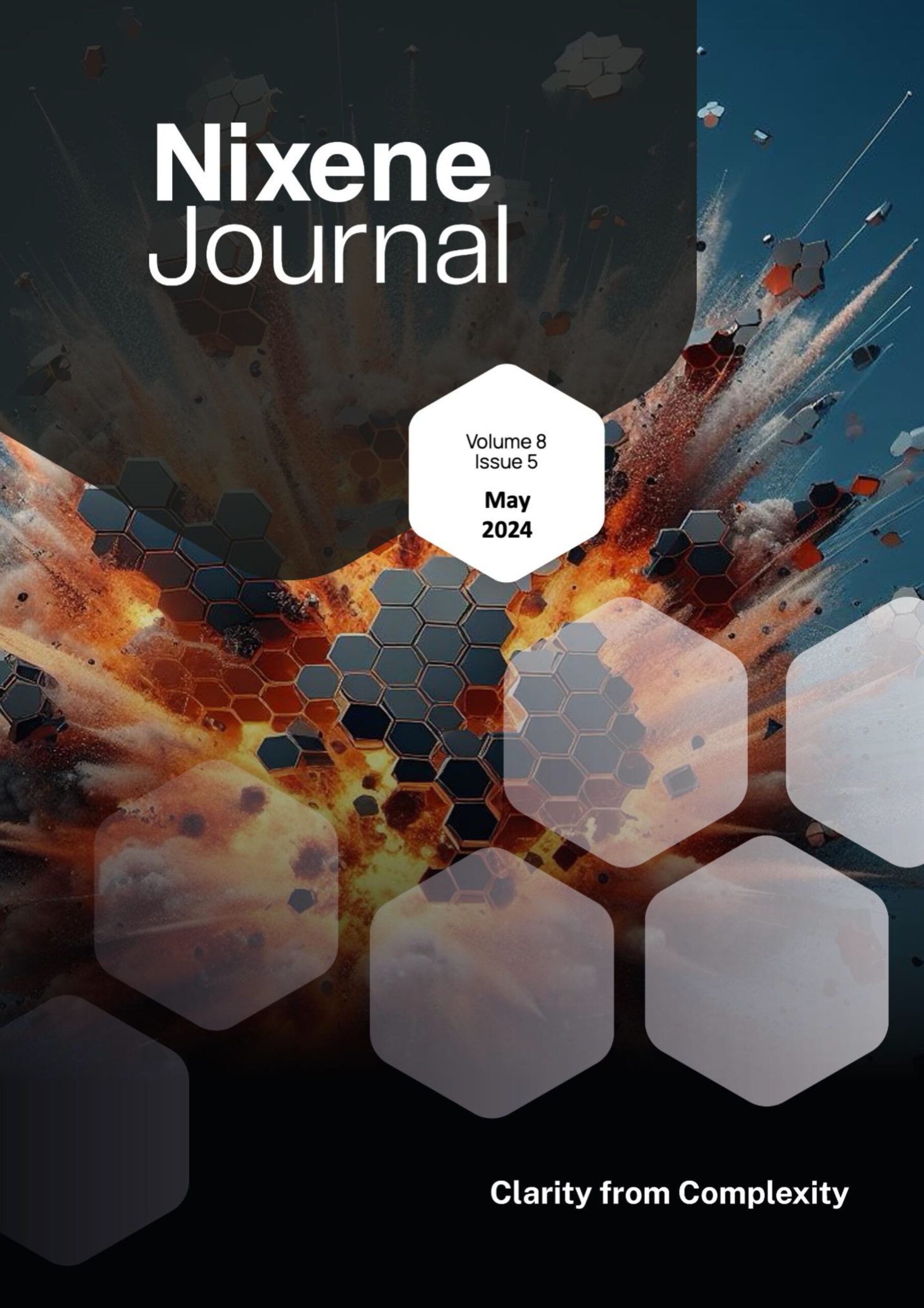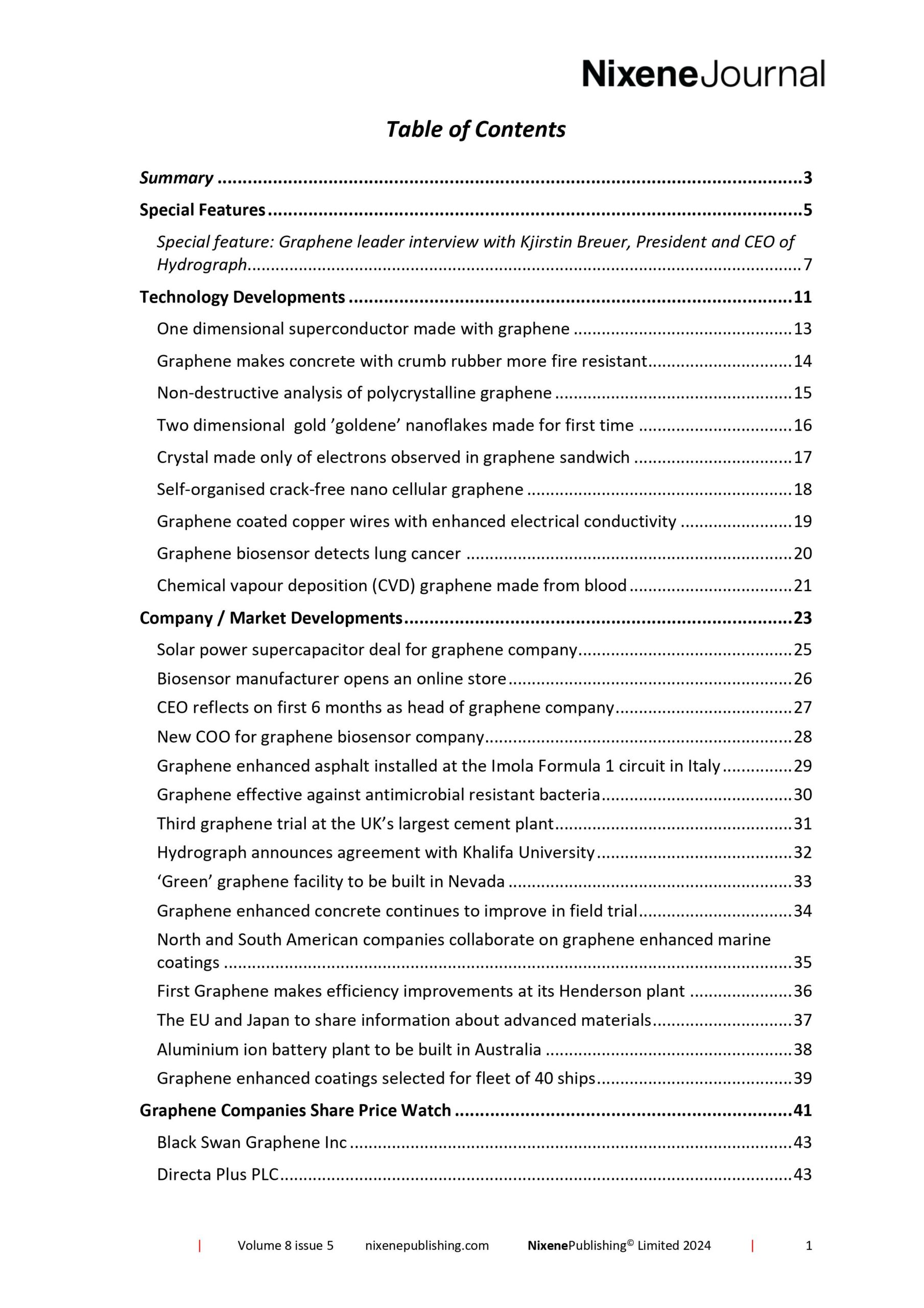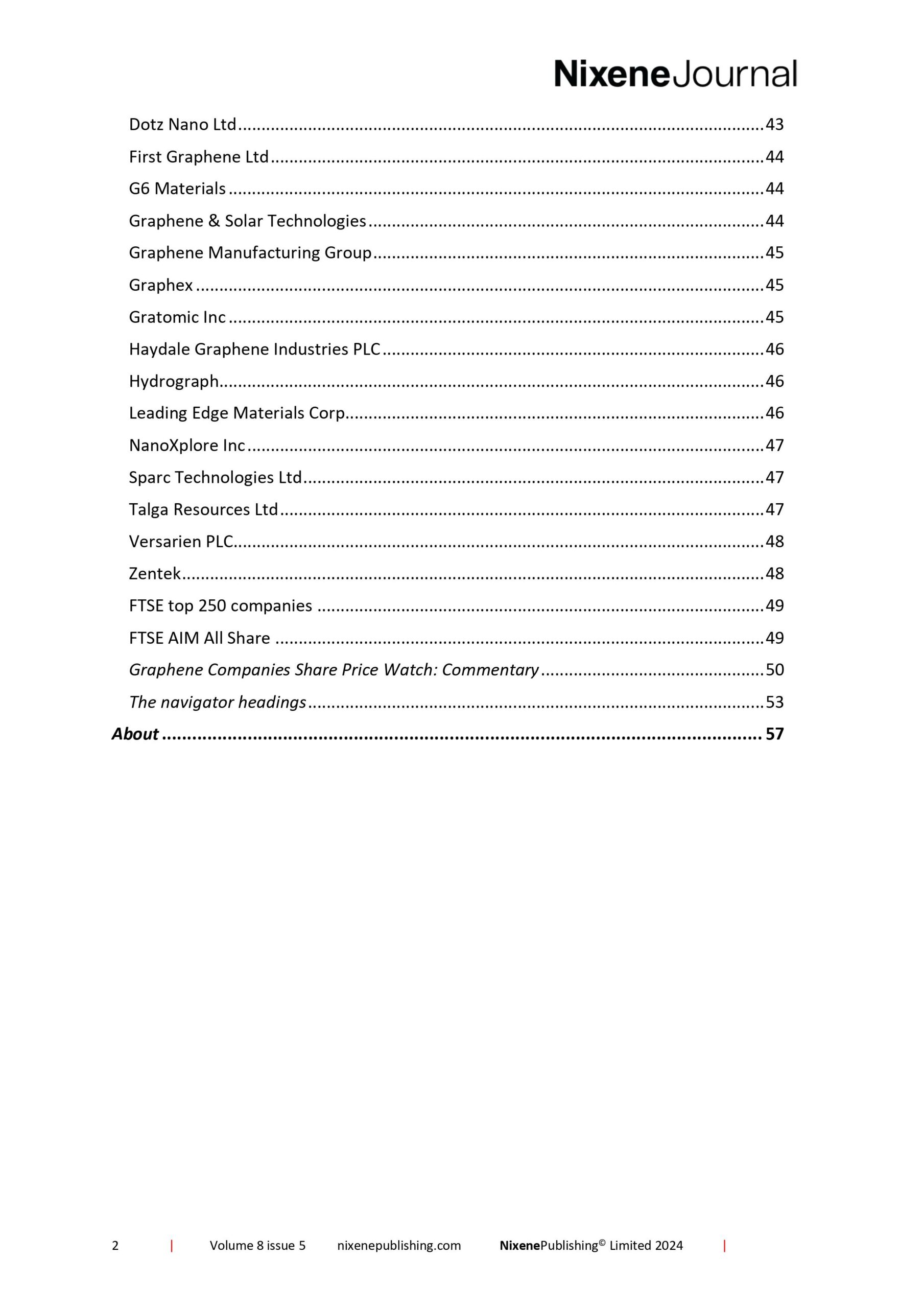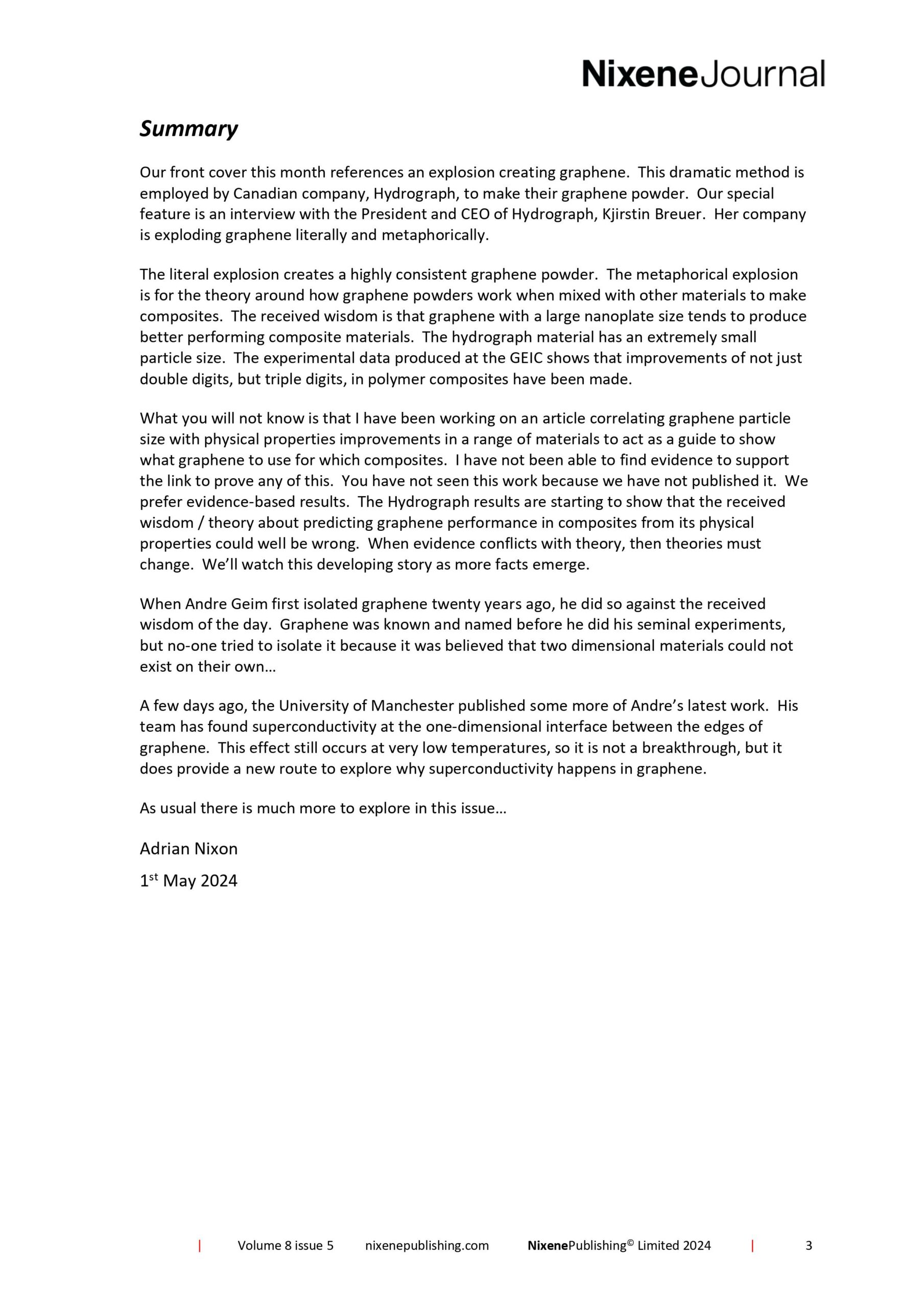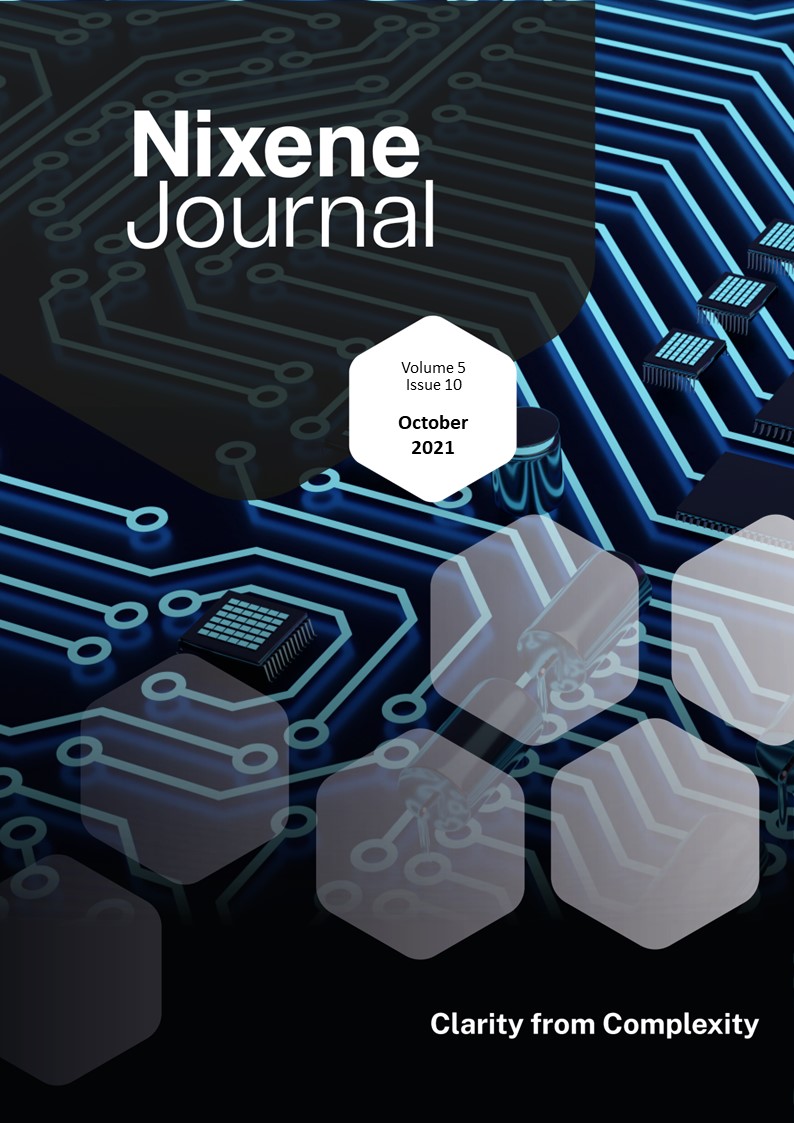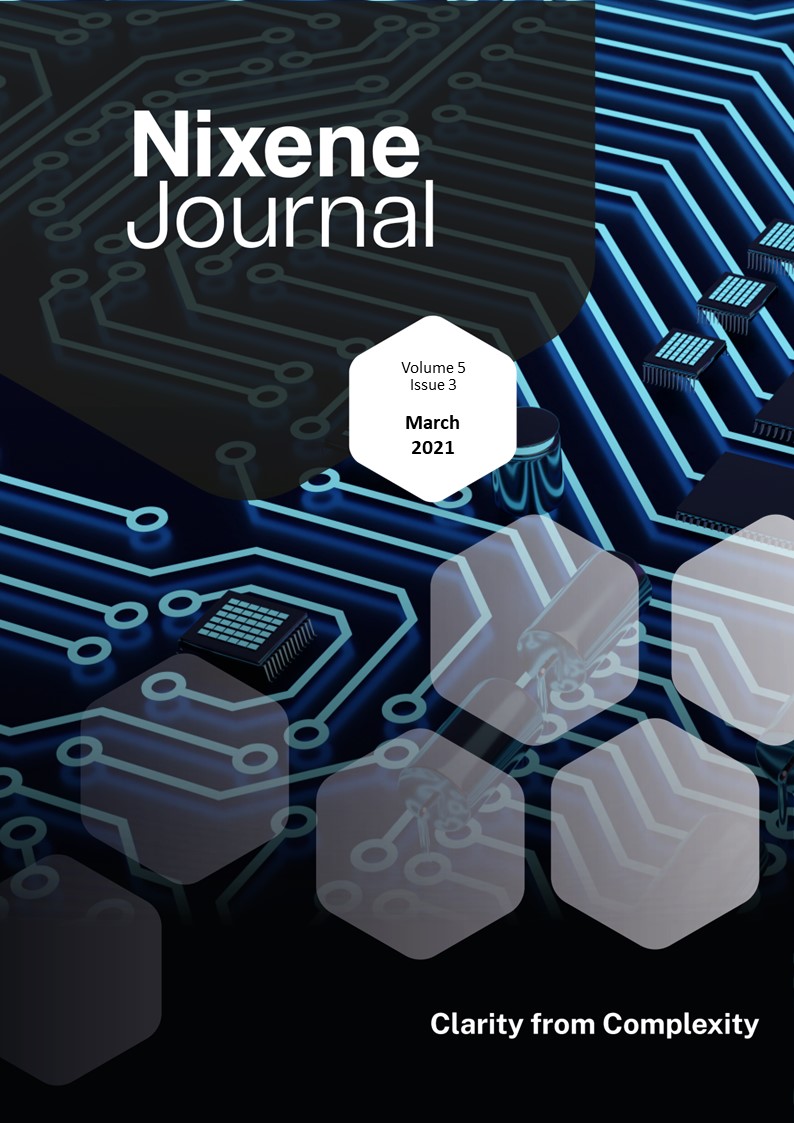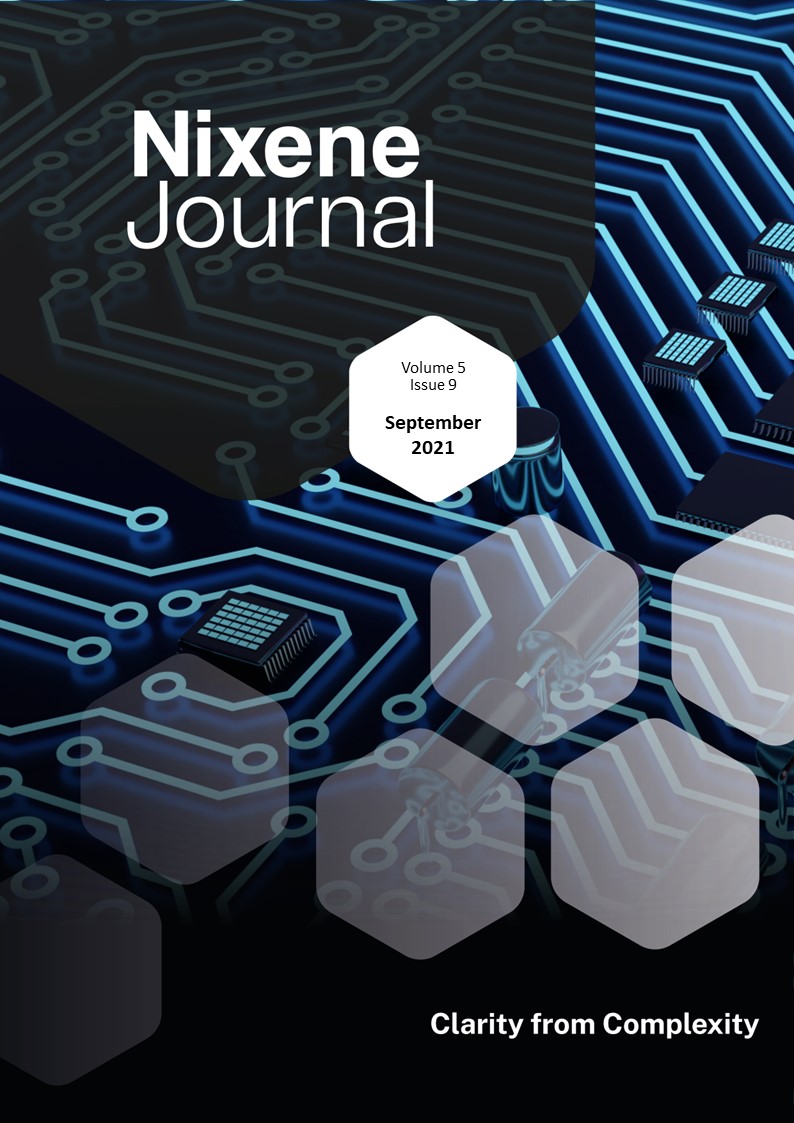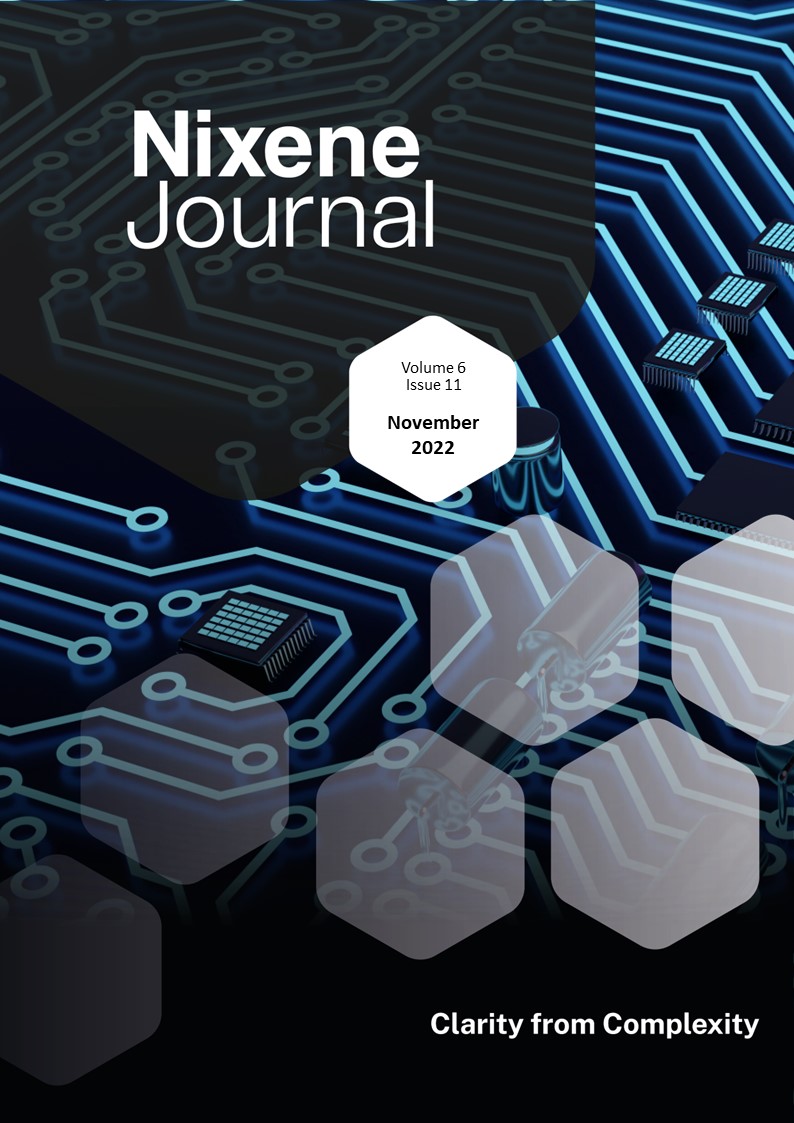Description
Our front cover this month references an explosion creating graphene. This dramatic method is employed by Canadian company, Hydrograph, to make their graphene powder. Our special feature is an interview with the President and CEO of Hydrograph, Kjirstin Breuer. Her company is exploding graphene literally and metaphorically.
The literal explosion creates a highly consistent graphene powder. The metaphorical explosion is for the theory around how graphene powders work when mixed with other materials to make composites. The received wisdom is that graphene with a large nanoplate size tends to produce better performing composite materials. The hydrograph material has an extremely small particle size. The experimental data produced at the GEIC shows that improvements of not just double digits, but triple digits, in polymer composites have been made.
What you will not know is that I have been working on an article correlating graphene particle size with physical properties improvements in a range of materials to act as a guide to show what graphene to use for which composites. I have not been able to find evidence to support the link to prove any of this. You have not seen this work because we have not published it. We prefer evidence-based results. The Hydrograph results are starting to show that the received wisdom / theory about predicting graphene performance in composites from its physical properties could well be wrong. When evidence conflicts with theory, then theories must change. We’ll watch this developing story as more facts emerge.
When Andre Geim first isolated graphene twenty years ago, he did so against the received wisdom of the day. Graphene was known and named before he did his seminal experiments, but no-one tried to isolate it because it was believed that two dimensional materials could not exist on their own…
A few days ago, the University of Manchester published some more of Andre’s latest work. His team has found superconductivity at the one-dimensional interface between the edges of graphene. This effect still occurs at very low temperatures, so it is not a breakthrough, but it does provide a new route to explore why superconductivity happens in graphene.
As usual there is much more to explore in this issue…
Adrian Nixon
1st May 2024

